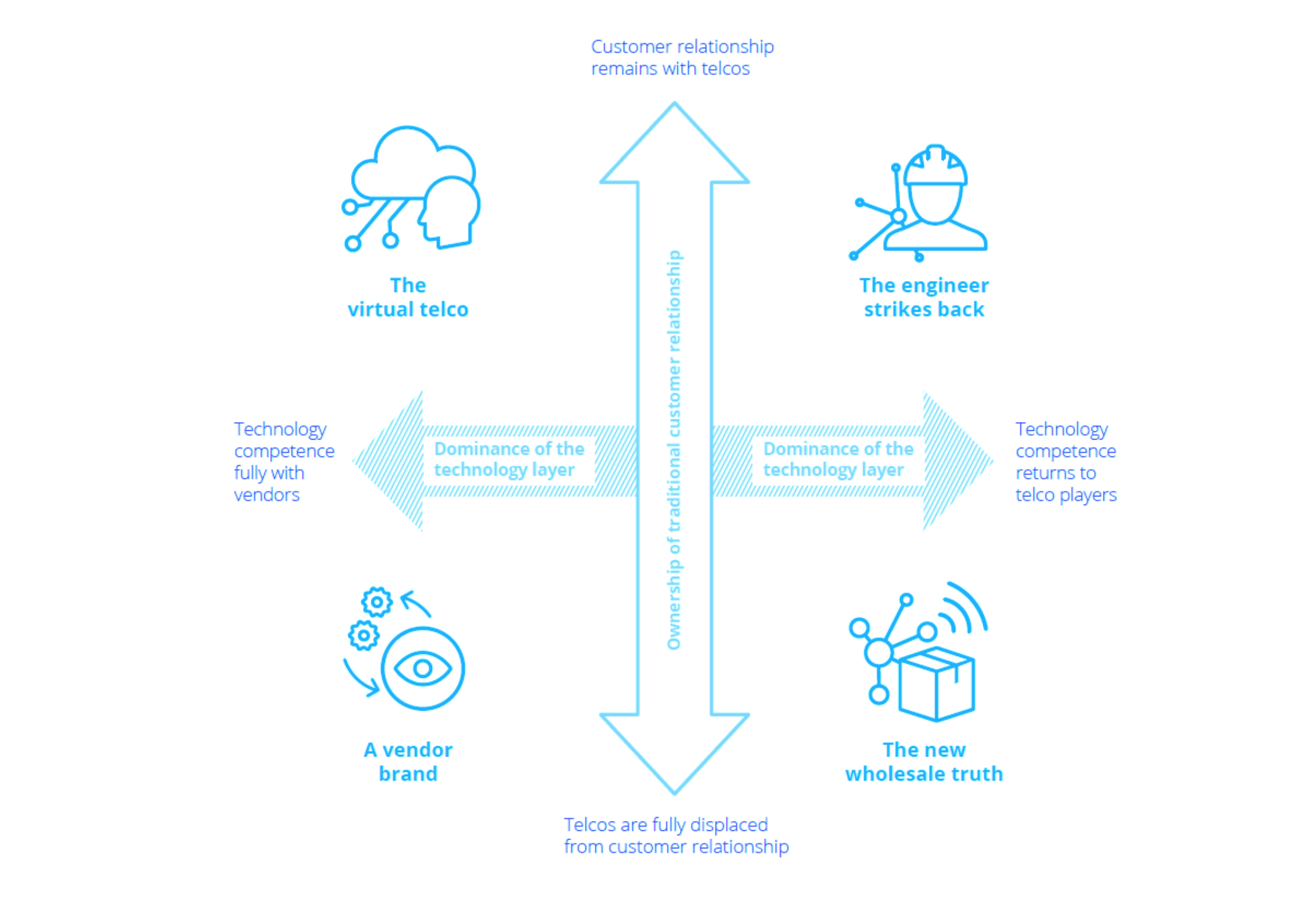For all our talk of new technologies bringing unprecedented scale, speed, capacity and flexibility, introducing them into a legacy environment has been constrained by incompatibility and higher than expected complexity.
In late 2012, a group of 13 global CSPs published the seminal (is it just me or is this a terrible word?) ETSI whitepaper on Network Function Virtualization (ETSI 2012 - NFV White Paper) as a call to action to all of us in the industry to adopt more cloud, virtualization and COTS thinking.
But for all our talk of these new technologies bringing unprecedented scale, speed, capacity and flexibility to the service environment, the reality is introducing them into a legacy environment has been constrained by incompatibility and higher than expected complexity. As reported by Light Reading following the 2018 SDN NFV World Congress (Light Reading 2018 - NFV Struggles), the result is progress in virtualisation of network infrastructure has not come close to matching our early hype.
CSP frustration with service innovation
We believe this makes today’s market both tantalizing and frustrating for CSP executives with responsibility for service innovation. They may see exciting opportunities, but seem to be at a competitive disadvantage when compared with new market entrants who have no such legacy infrastructure concerns.
Among the risks inherent with the current wave of technology evolution is disintermediation of the CSP, relegated to the role of a connectivity provider, with customer relationships shifting to 3rd party application, device and service providers. It’s critical CSPs don’t sleepwalk into this role by inadvertently conceding ownership of the customer relationship and technical competence, as demonstrated in this graphic from Deloitte’s speculative view of telecoms scenarios in 2030 (Deloitte 2019 - Telecom Outlook).

Competitive differentiation based on market position and established relationships
Disruption is a necessity for new market entrants to gain traction, but the fact that the ‘art of the possible’ for traditional CSPs may be more constrained for the time being, at least in network terms, should not diminish their desire to also innovate wherever and whenever they can. New entrants will seek to use technology flexibility to engage and disrupt the status quo, and the only way for CSPs to deflect this threat is to be part of the disruption. Traditional CSPs need to think and behave more like their new competition, while at the same time aiming to seek competitive differentiation based on their unique market position and established customer relationships.
“There’s no reason why CSPs can’t do more to participate in the fast turnaround service experimentation sandpit. The barriers are primarily cultural rather than technical.”
Agile service experimentation is a recognized feature for new entrants, using virtualized, cloud-based resources to facilitate fast, low-cost exploration and evaluation of new service ideas. Choosing which ones have legs and which should be consigned to the trash takes on a new energy and contrasts starkly with the necessarily laboured pre-trial evaluation and assessment processes rightly considered prudent by CSPs when experimentation was a lengthy, expensive business.
But there’s no reason why CSPs can’t do more to participate in the fast turnaround service experimentation sandpit, in parallel with their relatively slow-moving network transformation initiatives. The barriers are primarily cultural rather than technical. The required virtualized cloud-based resources for service experimentation are already available, but enhanced automation and analytics capabilities are often the missing components in establishing a framework for rapid service setup, evaluation and teardown.
Existing revenue streams vs new opportunities for CSPs
When it comes to competition in established business areas, for existing revenue streams, CSPs face significant competition from new entrants in areas such as VOIP and SD-WAN. Taking the latter as a good example in the enterprise services space, we see dozens of SD-WAN vendors have emerged with smart overlay solutions intended to disrupt the complex MPLS business of global CSPs.
“In the U.S., Gartner saw organizations with savings of as much as 378%; in EMEA, 225%; and in APAC, 184%”
With the promise of reducing multi-branch WAN communication by two-thirds or more, enterprise customers are listening. (Gartner 2018 - Does SD-WAN Save Money) published in February 2018 suggested that “Reductions in enterprise site per megabit monthly network services expenses across three major regions can result in savings. In the U.S., Gartner saw organizations with savings of as much as 378%; in EMEA, 225%; and in APAC, 184%”
And yet Vertical Systems Group research (Vertical 2019 - SD-WAN Reality Check) suggests while “Worldwide revenue for Managed SD-WAN, MPLS and Site-to-Site VPNs combined is currently just over $40 billion.”, CSP participation is poor in that “The emerging Carrier-Managed SD-WAN segment accounts for less than 5% of this market.”
A key question occupying all of us in the traditional CSP market is how established players compete effectively in areas such as these? We believe a significant component of the answer lies in ownership and corresponding visibility of the underlying network, which is an area of true differentiation. Unlike the overlay providers, for whom network performance is an impenetrable black box, CSPs who own network infrastructure are uniquely placed to continuously monitor, analyze and tweak network performance in order to assess and improve customer QoE. Given the complexity and dynamics of the emerging service environment, this requires CSPs to up their game in terms of analytics… not only to drive awareness and insight regarding network behaviour, but also to support the automation that’s key to continuously optimizing a complex and highly dynamic service delivery environment.




